A Routine Flight Ends in Tragedy
On September 9, 2019, a Cessna 150 crashed into a 180-foot-tall water tower in Whitehall, Michigan, killing the 79-year-old pilot. The aircraft was flying at a low altitude over a populated area when it struck the structure, despite clear weather and normal engine performance.
This crash raises troubling questions:
❓ Why was the pilot flying so low over a congested area?
❓ Did medical issues or medication play a role?
❓ Could this accident have been prevented?

Flight Details: An Unclear Destination
The Cessna 150 (N9492U) took off from Fremont Municipal Airport (FFX), Michigan, at 11:15 AM. The intended destination is unknown—there was no filed flight plan.
At 11:40 AM, just 25 minutes after takeoff, witnesses saw the aircraft flying straight and level at a low altitude before slamming into the municipal water tower. The engine was running at high power at the time of impact.
What Went Wrong?
1️⃣ Pilot Was Flying Below Minimum Safe Altitude
🔹 FAA regulations (14 CFR 91.119) require aircraft to maintain at least 1,000 feet above obstacles over congested areas.
🔹 The pilot was well below this limit—the water tower was 180 feet tall.
🔹 No evidence suggests mechanical issues that would have prevented him from climbing.
2️⃣ No Evasive Maneuvers Before Impact
🔹 Witnesses did not see any sudden turns or climbs before impact.
🔹 The plane struck the center of the tower in a direct, level flight path.
🔹 This suggests the pilot did not see the obstacle or did not react in time.
3️⃣ Medical and Medication Factors
Toxicology results revealed the pilot had citalopram (an antidepressant) and diphenhydramine (a sedating antihistamine) in his system.
🔹 Citalopram is used for depression and anxiety but requires a special medical certificate for pilots.
🔹 Diphenhydramine (found in Benadryl) impairs alertness and reaction time.
🔹 The pilot did not have a valid FAA medical certificate—his last exam was over 20 years ago (1998).
Could fatigue, cognitive impairment, or an undiagnosed medical condition have contributed to this crash? We’ll never know for sure.
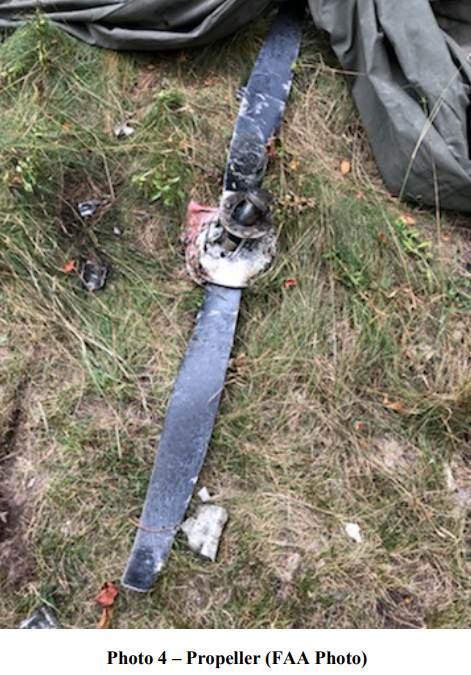
Aircraft and Crash Details
Wreckage and Impact
📍 Impact Site: The middle of the water tower’s tank
📍 Aircraft Heading at Impact: 225°
📍 Debris Field: 15-foot diameter area, indicating a near-vertical impact
📍 Propeller Damage: Signs of engine power at impact
📍 No Signs of Mechanical Failure
Weather Conditions
✔ Clear skies (VMC)
✔ Good visibility (10 miles)
✔ Light winds (9 knots from 90°)
Weather was not a factor in the crash.
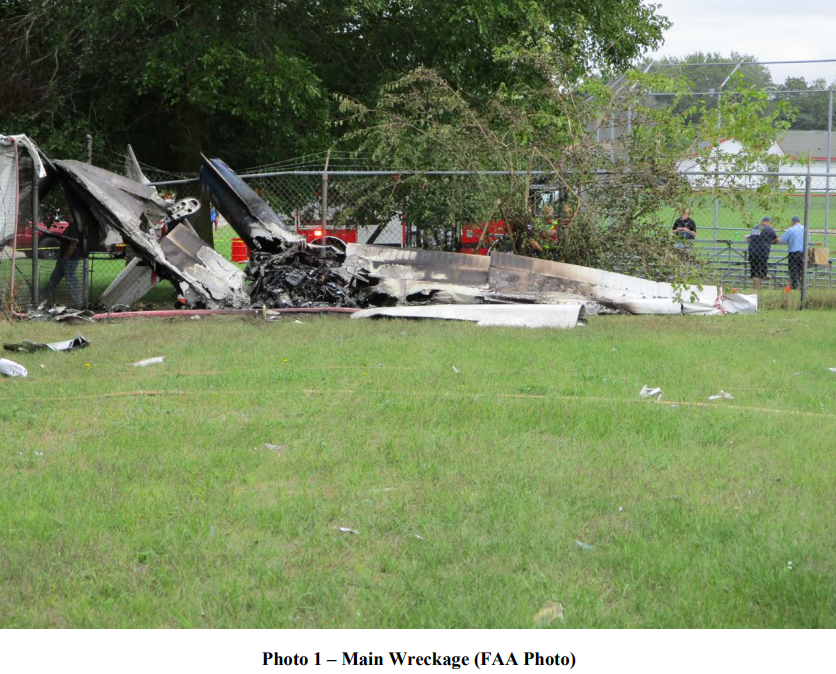
Final Thoughts
This accident is a reminder that even experienced pilots can make fatal mistakes. A simple decision to fly higher could have prevented this tragedy.
🚀 What do you think? Have you ever encountered an obstacle you didn’t expect while flying? Let’s discuss in the comments!

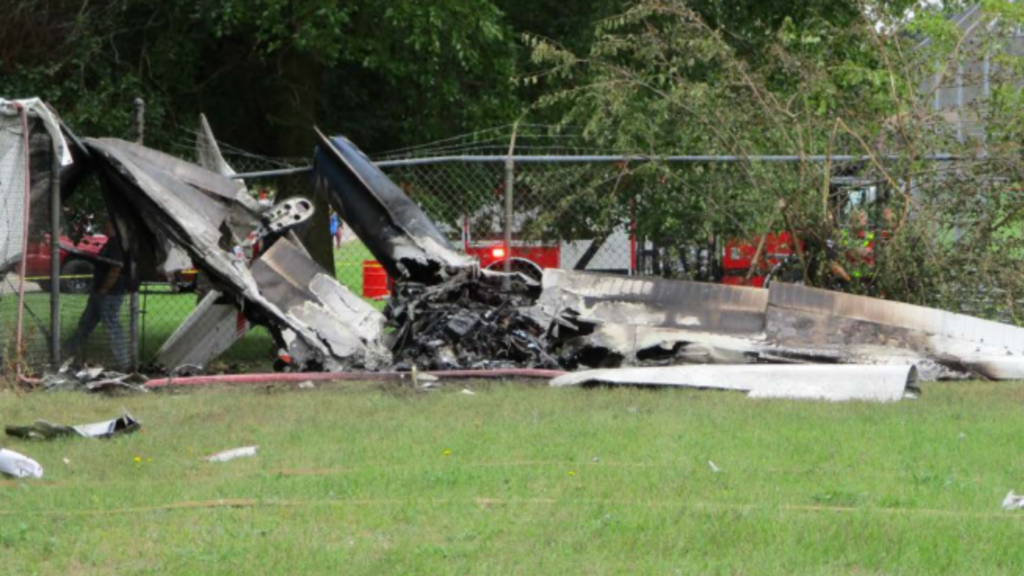



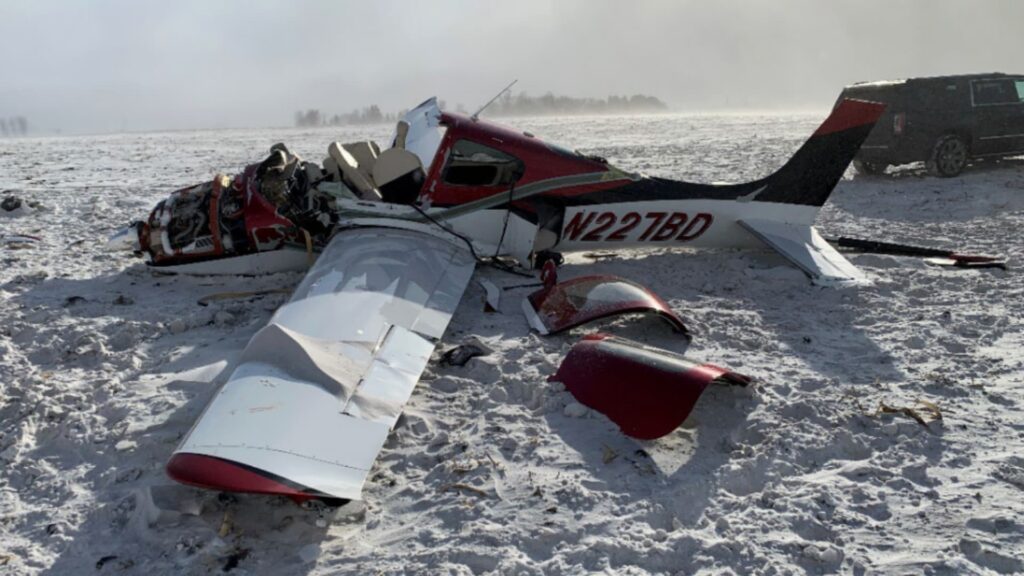
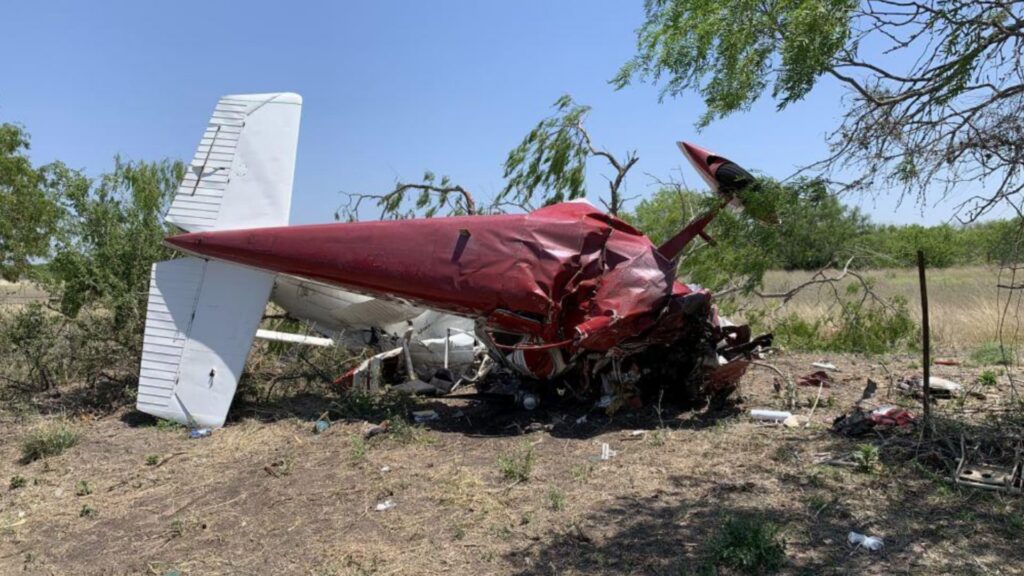

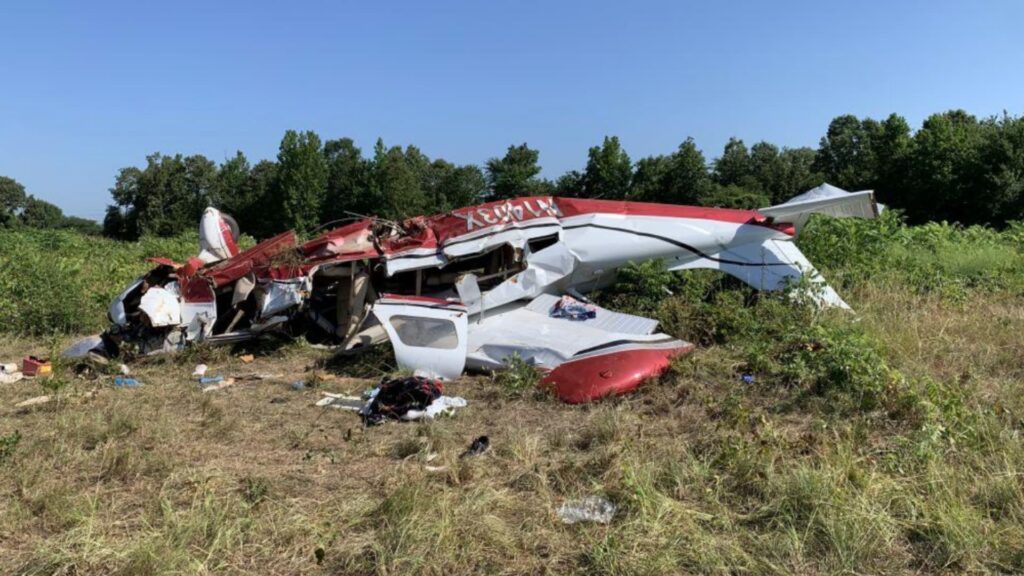
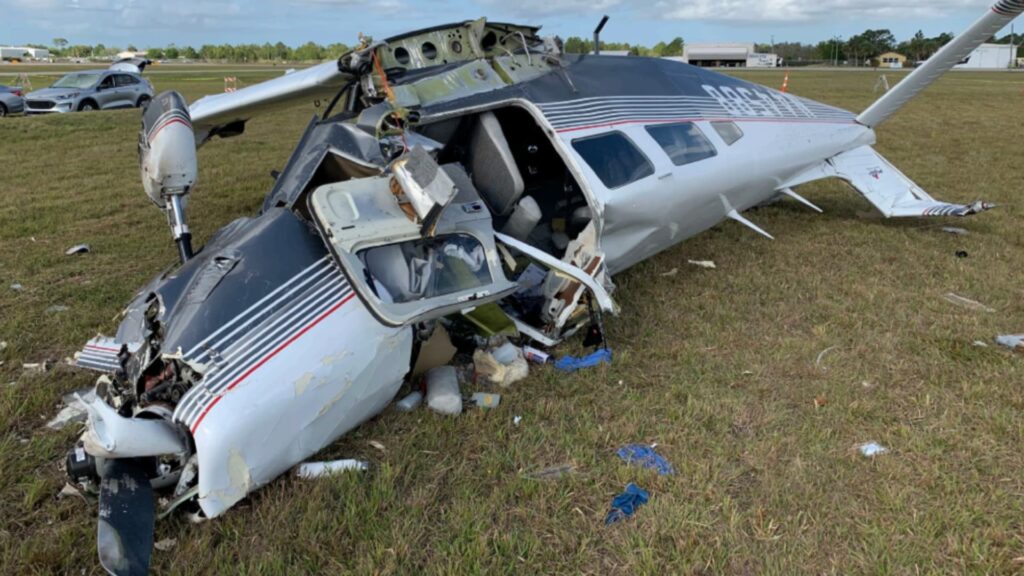
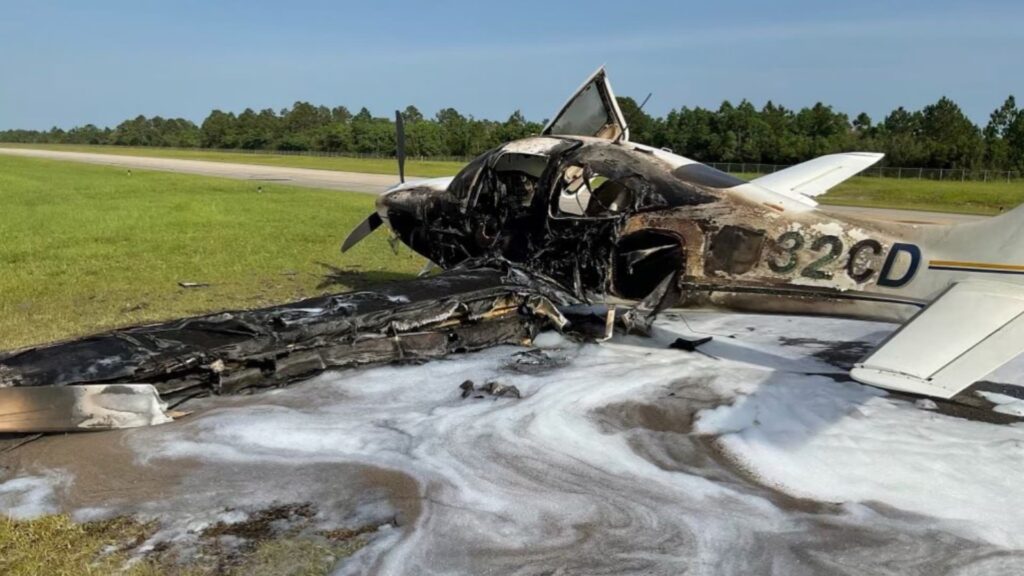
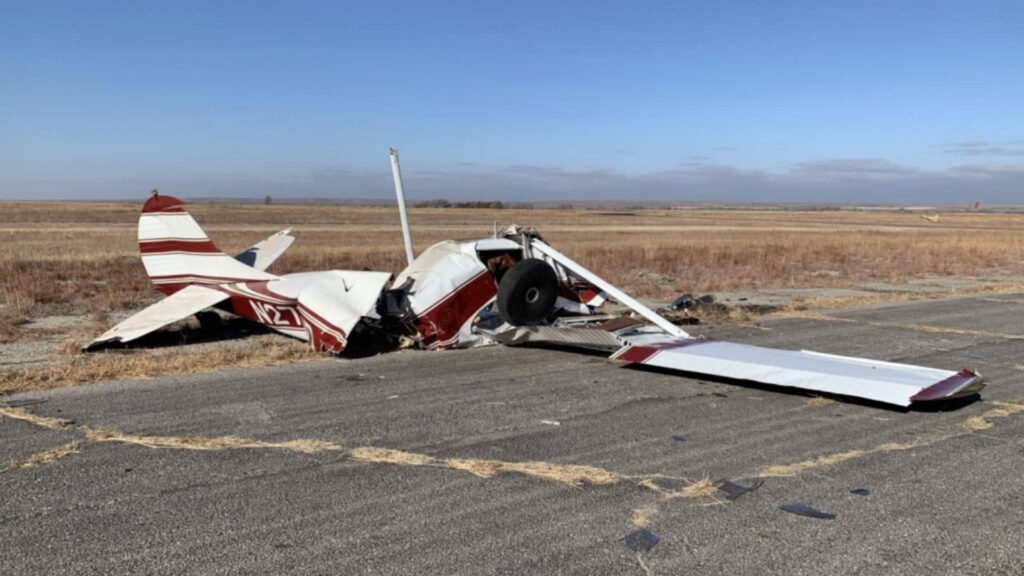

2 Comments
Sometimes there are darker forces afoot in a pilot’s mind. I’ll leave it at that.
I would look into his medical history further. I would not rule out suicide.